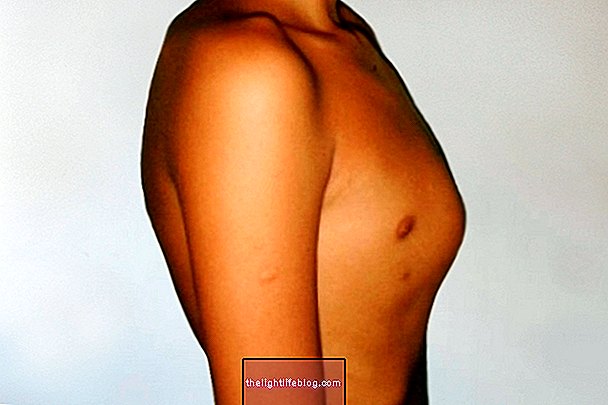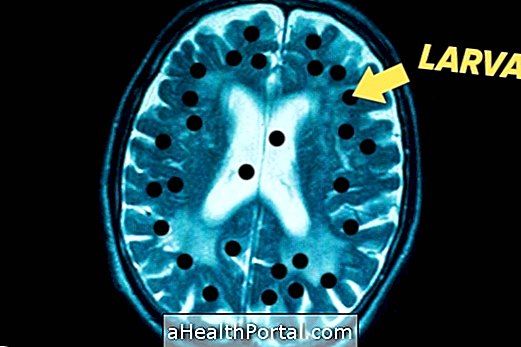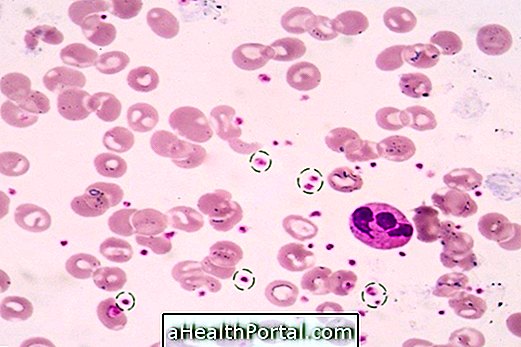The treatment for generalized congenital lipodystrophy, which is a genetic disease that does not allow the accumulation of fat under the skin leading to its accumulation in organs or muscles, aims to reduce the symptoms and, therefore, varies in each case. However, most of the time it is done with:
- Diet rich in carbohydrates, such as bread, rice or potatoes: helps to maintain energy levels in the body that are reduced due to lack of fat, allowing normal growth and development;
- Low-fat foods: helps to prevent the accumulation of fat in muscles and organs such as the liver or pancreas. Here's what to avoid: Foods high in fat.
- Leptin replacement therapy: medicines, such as Myalept, are used to replace the hormone produced by fat cells, helping to prevent the onset of diabetes or high levels of triglycerides.
In addition, treatment may also include the use of medicines for diabetes or liver problems, if these complications have already developed.
In the most severe cases, in which generalized congenital lipodystrophy causes complex liver damage or causes changes in the face, surgery can be used to correct the aesthetics of the face, to remove the liver lesions or, in more advanced cases, to have a transplant. of liver.
Symptoms of generalized congenital lipodystrophy
Symptoms of generalized congenital lipodystrophy, also known as Berardinelli-seip Syndrome, usually appear during childhood and are characterized by a lack of body fat that gives a very muscular appearance and protruding veins. In addition, the child may also show very rapid growth, leading to the development of hands, feet or jaws that are too large for their age.
Over the years, if congenital lipodystrophy is not adequately treated, it can cause the accumulation of fat in the muscles or organs, leading to consequences such as:
- Very large and developed muscles;
- Severe liver damage;
- Type 2 diabetes;
- Thickening of the heart muscle;
- High levels of triglycerides in the blood;
- Increased spleen size.
In addition to these complications, generalized congenital lipodystrophy can also cause the development of acanthosis nigricans, a skin problem that leads to the development of dark, thick patches on the skin, especially in the neck, armpit and groin area. Learn more at: How to treat acanthosis nigricans.
Diagnosis of generalized congenital lipodystrophy
The diagnosis of generalized congenital lipodystrophy is usually made by a general practitioner or endocrinologist, by observing the symptoms or assessing the patient's history, especially if the patient is very thin but has problems such as diabetes, elevated triglycerides, liver damage or acanthosis nigricans, for example.
In addition, the doctor may also order some diagnostic tests such as blood tests or MRIs, to assess blood lipid levels or the destruction of fat cells in the body, for example. In more rare cases, a genetic test can also be done to identify whether there is a mutation in the specific genes that cause generalized congenital lipodystrophy.
If the diagnosis of generalized congenital lipodystrophy is confirmed, genetic counseling should be given before becoming pregnant, for example, as there is a risk of passing the disease on to the children.
Was this information helpful?
Yes No
Your opinion is important! Write here how we can improve our text:
Any questions? Click here to be answered.
Email in which you want to receive a reply:
Check the confirmation email we sent you.
Your name:
Reason for visit:
--- Choose your reason --- DiseaseLive betterHelp another personGain knowledge
Are you a health professional?
NoMedicalPharmaceuticalsNurseNutritionistBiomedicalPhysiotherapistBeauticianOther


























